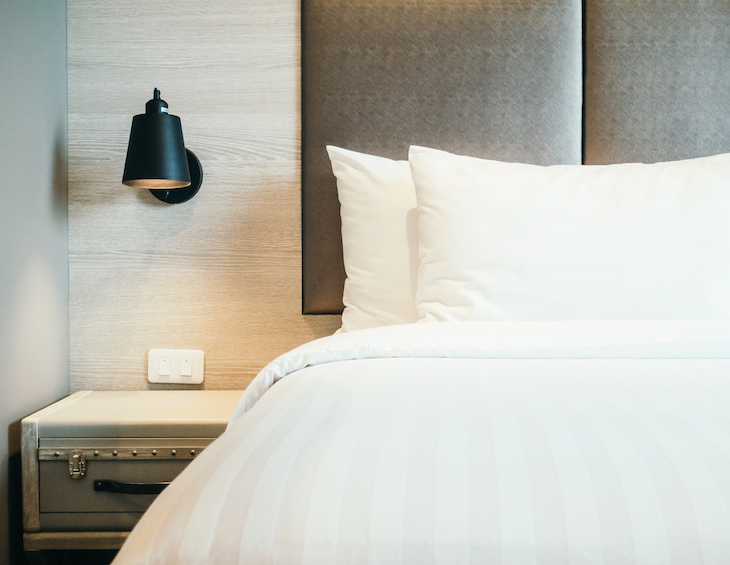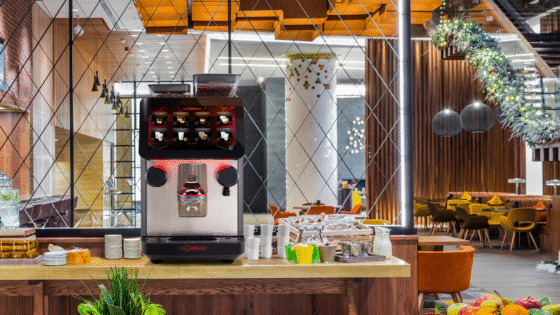To understand how important it is to react to changing guest behaviour, Paisley Hansen identifies some of the drivers that have significantly evolved the hotel experience globally…

Hotel design has evolved in the past decade. With the rise of technology and growing social awareness, designs need to incorporate new ideas and reflect the growing aesthetic demands of both the traveller and the hotel operator.
Following on from identifying interior design trends that are expected to shine this year, as well as hospitality trends that are emerging, here are some of the consumer catalysts that are dictating the future design of hotels everywhere.
Making a Reservations – there’s an app for that
From apps to websites, technology is transforming how customers are selecting their hotels. To understand how this trend will develop, take the time to research which are the best apps are being used to book hotels. Customers are looking for the best deal as well as hotels that offer more than just a simple room. “Instagrammable” hotels pull in a younger crowd, while those offering seclusion and privacy attracts a different demographic. Paying attention to how your consumers are utilising technology and social media will help create an innovative hotel design to attract more guests.
Redesigned check-in areas
In 2020, lobby design trends are expected to evolve to reflect the changing needs of the customer. The traditional check-in counter is disappearing in favour of residential-like lounges that incorporate exciting interior design ideas to welcome guests. Hotels are including simplified check-in spaces that offer perks to add a touch of luxury to the process. The use of bold colours and patterns are creating a welcoming dichotomy of hues and textures. These changes all come in to create a check-in experience that relies less on the traditional service and more on creating a relaxed atmosphere as guests transition in and out of the hotel.

Image credit: YOTEL
Interacting in a personalised guestroom
Smart technology is taking its place in hotel rooms. From finding ways to incorporate streaming TV services to smart controls, hotels need to innovate how guests are interacting with their room environment. Hotels that fail to modernise will feel the impact in the years to come. Outside of technology, the most important part of any hotel room is the bed. If the history of beds tells us anything, comfort and design will win out in the years to come. Creating an environment where guests can enjoy control over their room while relaxing will lead the way in room layout. Comfort and innovation need to be at the forefront of any design plans.

Image credit: Freepik
Creating unique, one-off experiences
Travellers are looking for new ways to capitalise on their time away with experiences. Hotels can embrace this trend by utilising personalised services with artificial intelligence to help build customer profiles allowing for a more personal touch to each interaction. In the more general sense, hotels can look into providing a local experience via a tour or introducing local culture to the hotel design and/or menu. By incorporating local themes into the hotel design, hotels can provide a regional experience for guests without ever leaving the hotel. Hotels cannot afford to miss out on capitalising on this trend.
Taking care of mother nature
By including local features into the design, hotels can take advantage of one of the biggest trends of the year: increased ecological awareness. The environmental impact of tourism is weighing heavily on the minds of tourists as they travel. Guests are moving away from wasteful spaces, and hotels that embrace green policies are seeing an influx of customers. Hotels are finding ways to reduce their carbon footprint. Customers can expect to see more of this as hotels reduce using single-use plastics and implement systems to decrease water usage across the board. Another aspect of this will be the incorporation of sustainable design, this includes sourcing local materials and putting energy management and reduced carbon emission plans in the design.
Main image credit: mrsiraphol/Freepik




